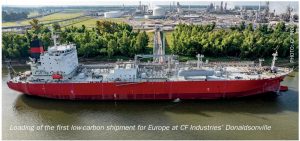
CF ships first low-carbon cargo to Europe
CF Industries has made its first shipment of certified low-carbon ammonia to Europe.

CF Industries has made its first shipment of certified low-carbon ammonia to Europe.
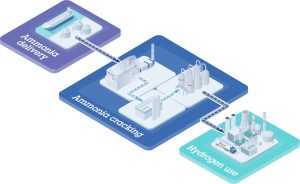
Air Liquide is developing a new ammonia cracking technology based on its proven steam methane reforming (including SMRX™ ) technology, which introduces a heat exchange concept to cut energy use, lower environmental impact, and potentially eliminate steam export. Leveraging extensive SMR design expertise, a robust R&D programme, and an industrialscale NH3 cracking pilot plant, it aims to rapidly mature all technology blocks and deliver safe, reliable, and customisable lowcarbon hydrogen solutions to meet growing demand.

Could demand mandates help the build the market for green fertilizers – by placing mandatory purchasing requirements on large-scale end users?

Delegates gathered in Morocco in September for AFA's Technical Conference. We present selected highlights from this year’s event.
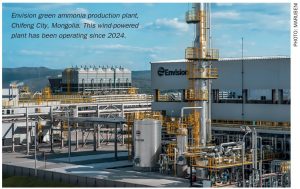
Kevin Rouwenhorst of the Ammonia Energy Association (AEA) provides an overview of green ammonia projects and the associated technology options.

Swiss technology company ABB has signed a term sheet agreement with SwitcH2 to engineer and supply automation and electrification solutions for SwitcH2’s floating production, storage and offloading (FPSO) unit dedicated to producing green ammonia from green hydrogen, to support future demand for low-carbon marine fuels.
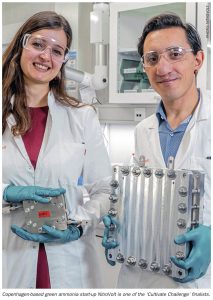
IFA has announced the finalists of its first-ever competition to find the next generation of innovative companies.
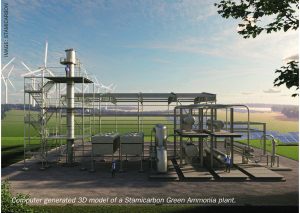
Stamicarbon is pioneering future-proof solutions for low-carbon production with two ammonia process designs.
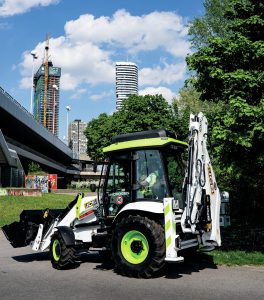
JCB says that it has passed a significant milestone on its hydrogen technology development programme after securing the first full EU type-approval of its hydrogen engine for use in non-road mobile machinery. This means that JCB’s hydrogen engine has been approved for sale and for use in machines and third-party OEM equipment in each of […]

Clariant says that its ShiftMax 100 RE catalyst is now in operation at INERATEC’s Era One e-fuels production plant in the Frankfurt Hoechst industrial park. The facility will transform around 8,000 t/a of CO2 into up to 2,500 t/a of synthetic fuels and waxes. The e-fuels produced at the INERATEC facility can be used as […]